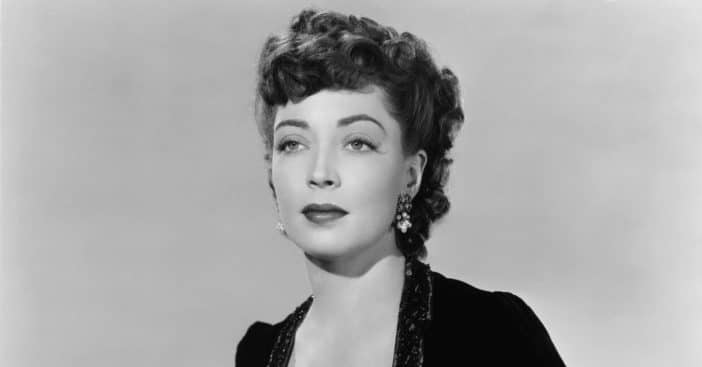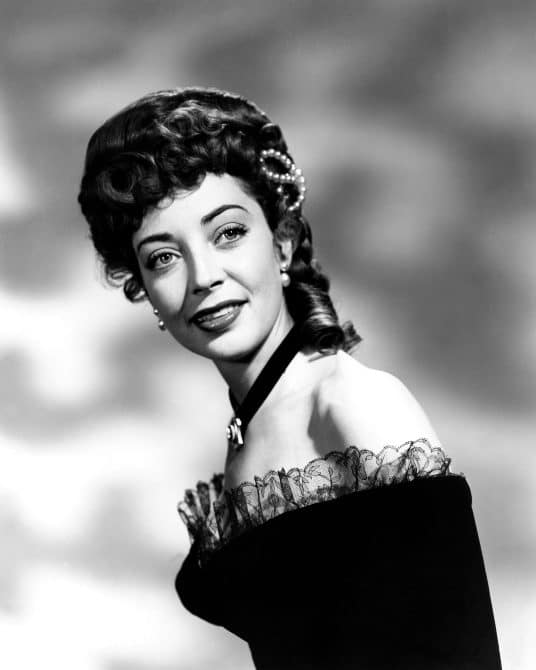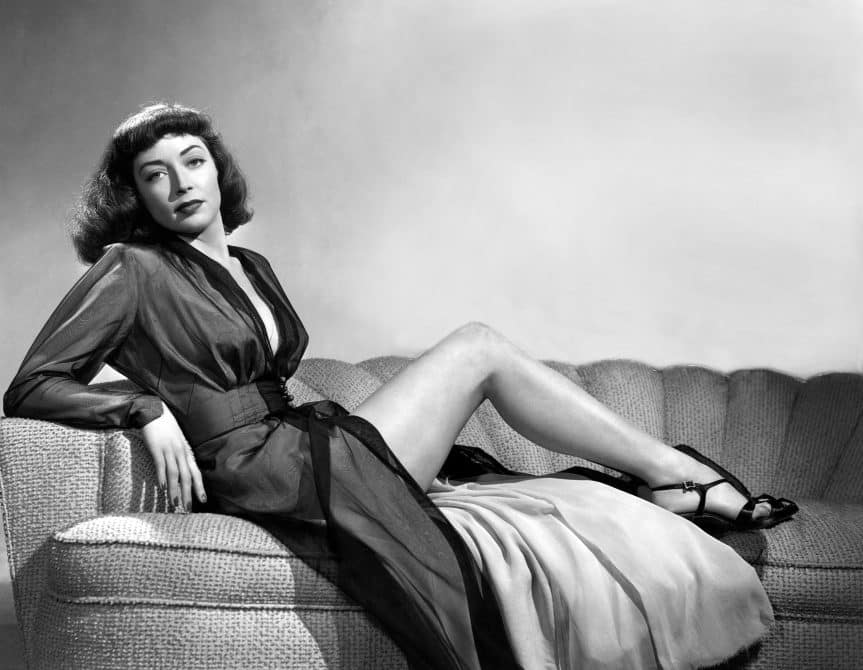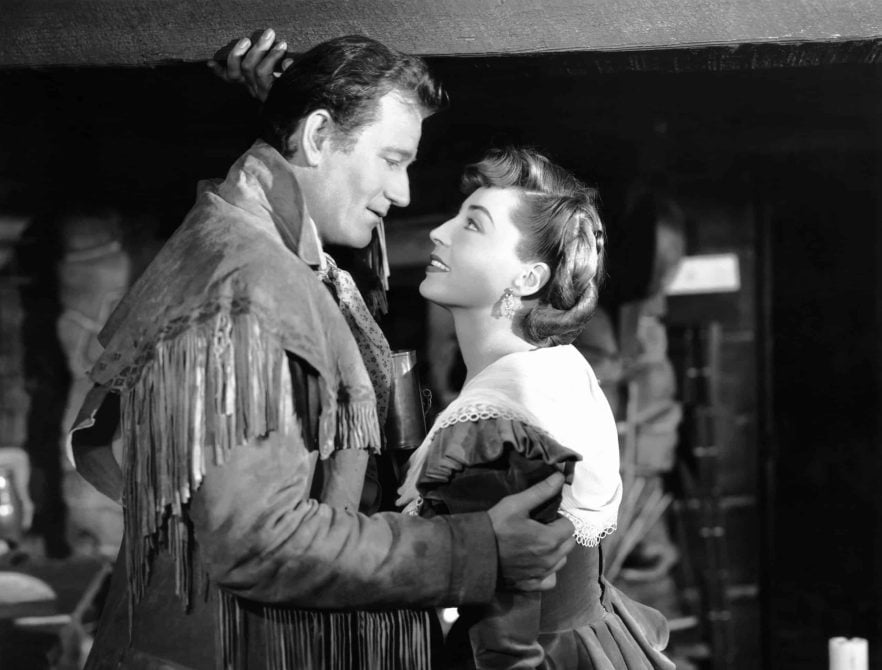
The late Marie Windsor was famous for playing femme fatale characters in her movies, embodying her roles so well that people feared she was truly evil or that the devil would “get her.” The late actress took the lead in several B movies and Westerns, earning her a reputation as the queen of the genre.
A recently written book by Denise Noe — A Sheep in Wolf’s Clothing: The Life of Marie Windsor — tells the story of Marie’s life off-screen. People often assumed Marie’s usual role as a villain mirrored her real life, but it was the opposite as this book tells the whole truth.
Marie rose to Hollywood from humble origins

The biography was written with the blessing of Marie’s son, Rick Hupp, and it details her humble background in Utah, her journey to fame, and how she was so different from the characters she played.
RELATED: The 50 Best Classic TV Western Series From The 50s And 60s
In an interview with Fox News Digital, Noe talked about the late star’s life. “She didn’t have a messy private life, but she still had a very interesting life… She did not have the sensational private life that some other stars had at the time,” Denise told the outlet. “The reason why the title is A Sheep in Wolf’s Clothing is because she was a very ethical, kind person who often played very evil characters.”
Marie was born Emily Marie Bertelsen in 1919 in a small farming community in Marysvale, Utah. Her parents were so supportive of her acting career as a young girl that they would drive 30 miles to take her to acting lessons. She studied drama at Brigham Young University, after which she was tutored by no-nonsense acting instructor, Maria Ouspenskaya.
The late actress worked as a cigarette girl at the Mocambo nightclub and was at the Hollywood Studio Club — where Marilyn Monroe and Donna Reed resided — during the day. Her film debut was in 1941 on All American Co-ed, though her popularity rose in the ‘50s. The New York Times described her to be a “blunt, beautiful dame with the bedroom eyes who was rotten to the core and didn’t care who knew it” as she excited and terrified the audience with her acting.
People often sent bibles to Marie

Marie portrayed the villain so well that people began to send her Bibles for fear that she would go to hell. They would even underline the sins they thought she’d committed on screen and ask her to repent. “It may sound kind of funny today that these people couldn’t tell the distinction between the character and the performer, but she was really scared,” Noe explained. “She was very disturbed and frightened by what these letters had to say and how they were written.”
The late actress even admitted to her fright in a film magazine, Classic Images, saying, “Fans would send me Bibles with specific verses underscored and accompanied by handwritten warnings that the devil would get me and I’d go to hell if I didn’t reform.”
John Wayne was greatly impressed by Marie

Marie and Wayne co-starred in three movies — The Fighting Kentuckian in 1949, 1953’s Trouble Along the Way, and Cahill U.S. Marshal in 1973. Noe claimed that Marie enjoyed working with Wayne a lot. “She [Marie] described how John Wayne played a version of himself, so his persona was pretty close to him as a person,” the author said.
She further revealed that Marie often had trouble acting alongside male actors because of her height, so she had to “do special tricks, like dancing with her knees bent in a scene, so she wasn’t towering over her male co-star.” However, she remarked that co-stars John Garfield and George Raft were two actors that weren’t bothered by how tall she was.
Sadly, Marie died of congestive heart failure on December 10, 2000, a day before her 81st birthday. She is interred in her native village at Mountain View Cemetery, Utah.
